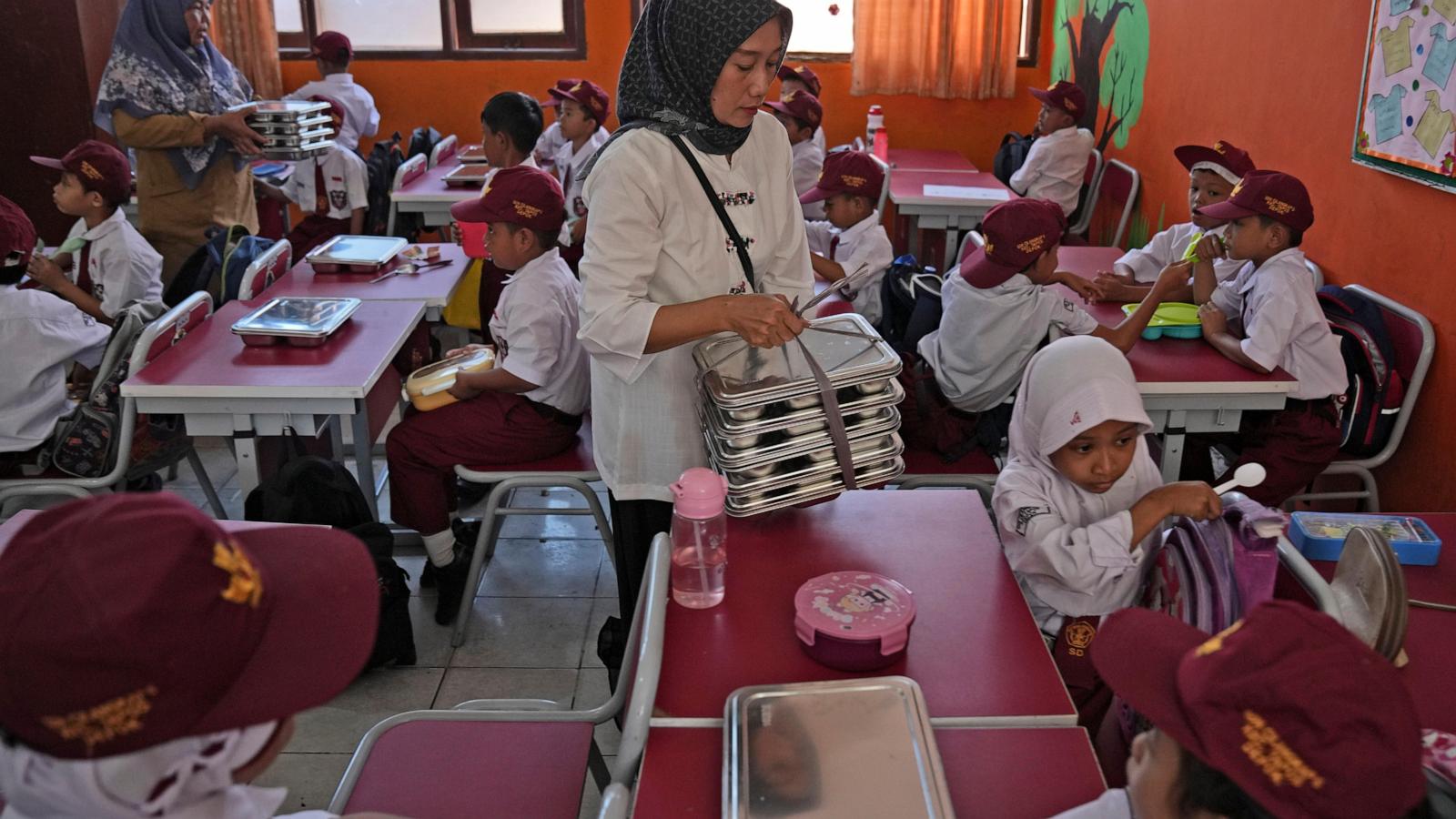Indonesia's Ambitious Plan to Tackle Child Malnutrition: A $28 Billion Solution?
Indonesia is taking a massive step to fight child malnutrition and stunting, a hidden crisis that has long plagued the nation. President Prabowo Subianto's bold initiative, the Free Nutritious Meal program, aims to feed nearly 90 million children and pregnant women, an unprecedented effort that promises to transform the health and future prospects of millions. But this enormous project, estimated at a staggering US$28 billion, has sparked intense debate among economists and analysts, raising questions about its feasibility and potential impact on the nation's economy. Is this plan a game-changer, or a gamble too big to take? Let's delve into the details and find out.
The Scale of the Problem: Stunting in Indonesia
Indonesia's stunting rate remains alarmingly high, with more than one in five children under five suffering from this debilitating condition. Stunting, caused by chronic malnutrition, impairs physical and cognitive development, leading to a diminished quality of life and lower economic productivity in the long run. The far-reaching consequences affect not just the individual child, but have broad economic ramifications affecting society and the Indonesian government. The lack of proper nutrition leaves children unable to reach their full potential, impacting their future opportunities and economic contribution as adults. This initiative is crucial to help correct this dangerous situation.
The Free Nutritious Meal Program: A Nationwide Initiative
The core of the program involves providing daily meals to schoolchildren and pregnant women, offering approximately one-third of their daily caloric requirements. This massive undertaking entails procuring an immense quantity of food – an estimated 6.7 million tons of rice, 1.2 million tons of chicken, 500,000 tons of beef, 1 million tons of fish, substantial quantities of fruits and vegetables, and a staggering 4 million kiloliters of milk. The logistics of distribution alone present a colossal challenge, requiring the establishment of at least 5,000 kitchens across the vast archipelago. Successfully coordinating the procurement, storage, and distribution of these provisions is paramount for the success of this program.
The Economic Debate: Cost versus Benefit
The sheer cost of this project—around $28 billion—is the primary source of concern among critics. With Indonesia's current fiscal conditions, the additional financial strain is a significant risk. Some analysts warn of potential negative consequences on the state budget, increasing state debt, and potential impact on Indonesia's external balance of payments given Indonesia’s high reliance on importing essential food supplies, including rice, wheat, soybeans, beef, and dairy products. This massive initiative has triggered debate about fiscal responsibility and sustainable financial planning. Critics believe it is irresponsible given Indonesia's economic situation. It also raises concerns about possible cost overruns due to various factors affecting logistics and potential corruption. It is crucial to closely monitor and maintain transparency to avoid potential mismanagement of funds.
Weighing the Costs and the Benefits: A Vital Investment or Risky Gamble?
While concerns regarding cost and economic impact are valid, ignoring the widespread problem of malnutrition would have far more devastating long-term effects. This is clearly stated in a report from The Indonesian Health Survey, showing the devastating national stunting prevalence of 21.5% with continued alarming statistics from UNICEF concerning wasted children. The profound negative impacts on human potential should not be discounted and there is a vital importance in addressing the critical challenge. The Free Nutritious Meal program holds significant potential for the growth and improvement of society. This large-scale, strategic plan must take a long-term view, focusing on positive and long-term benefits as a critical investment to address the stunting problem, enhance children's education and learning, and contribute to overall societal health and growth.
Take Away Points
- Indonesia's ambitious $28 billion plan to fight child malnutrition and stunting is a bold undertaking with potential for major benefits.
- The sheer scale of the logistics presents challenges but successful execution would significantly improve the health and human development across Indonesia.
- There are significant economic concerns that demand careful oversight and risk mitigation planning for the Free Nutritious Meal program.
- The long-term investment should greatly outweigh the short-term financial risks, promoting healthier generations, greater educational opportunities, and an improved society and economic future for Indonesia.




